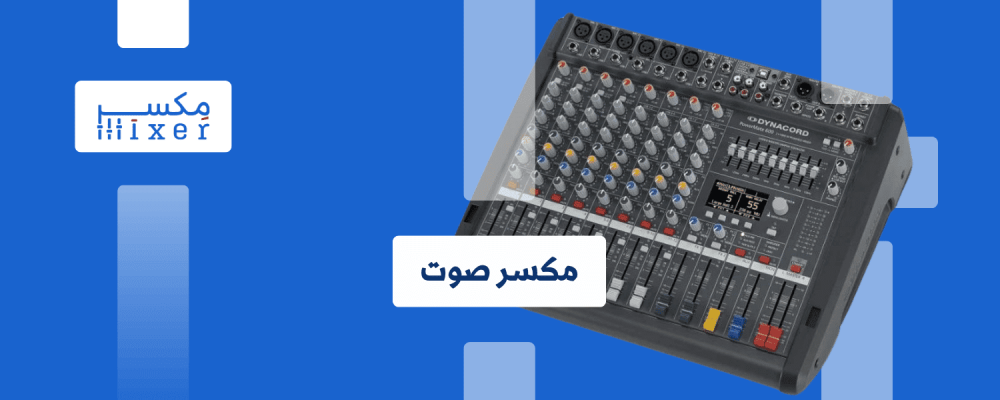introduction :
What is an audio mixer?
An audio mixer is a fundamental electronic device in the world of audio, used to combine, modify, and distribute multiple audio signals. Think of an audio mixer as a central control panel where you can adjust the volume of each of the different audio sources, such as microphones, musical instruments, and vocal recordings, and then route these signals to speakers or other recording devices.
Why do we use a sound mixer ?
- Recording: The mixer is used in recording studios to collect the sounds of musicians and singers, and modify them to obtain a balanced and harmonious sound mix.
- Live broadcast: In live broadcast, the mixer allows you to adjust the volume of broadcasters, guests, and background music.
- Live performances: At concerts and events, a mixer is used to adjust the volume of instruments and microphones, and provide special sound effects.
- Audio Production: The mixer is used in the production of podcasts, audio clips, and commercials.
Basic components of a sound mixer:
- Input channels: Each channel represents one input for an audio signal, which can come from a microphone, a musical instrument, or a recording device.
- Control buttons: These buttons are used to adjust the volume level for each channel, select the signal type (microphone, line, etc.), and apply sound effects.
- Group buttons: Allows you to group multiple channels together and send them to one output.
- Main output: This is where the final mix of audio signals comes out.
- Additional Outputs: The mixer may have additional outputs for sending separate audio signals to other devices.
Types of sound breaker:
- Analog mixers : These operate on continuous audio signals and have high sound quality, but can be more complicated to use.
- Digital mixers : Convert audio signals into digital data, providing features such as storage, editing, and advanced audio effects.
How to choose a suitable sound mixer:
- Number of Channels: Select the number of audio sources you will connect to the mixer.
- Type: Choose between analog or digital mixer based on your needs and budget.
- Additional Features: Look for additional features like a signal processor, sound effects, and headphone outputs.
Tips for using a sound mixer:
- Proper Connection: Make sure all cables are connected properly to avoid any interference.
- Adjust levels: Adjust the volume level for each channel separately to avoid saturation or low volume.
- Experiment: Feel free to experiment with different settings to get the best possible sound.
Conclusion:
An audio mixer is an essential tool for anyone working in the audio industry. By understanding its components, types, and uses, you can choose the right mixer for your needs and achieve high-quality audio in your projects.
Read more:




